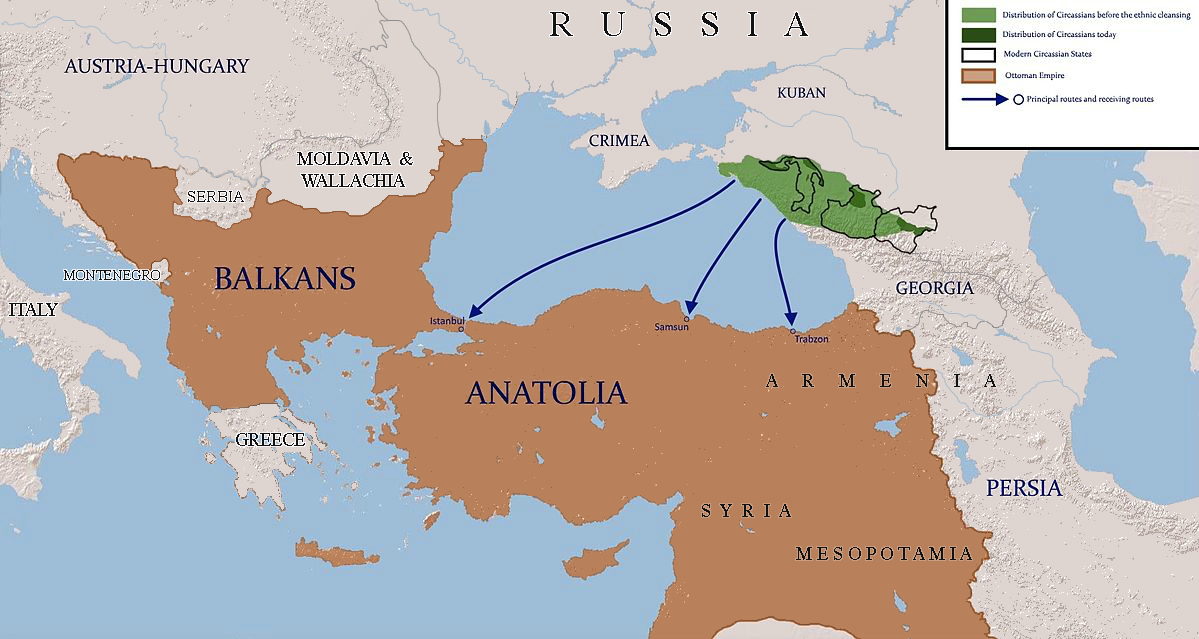I know about the Etruscans having huge influence on early Rome, see my large earlier post (page 5). It's unlikely that the Etruscans came from the North though, what Early Bronze Age culture could they be associated with? There isn't one. In that post I basically said that I think it's likely even that the Etruscans spread to Italy as part of the Sea Peoples (see the map in that post) - the distant Indo-European thing I raised isn't likely, but it's a nice idea and I believe it. The Trojan origin myth for the founding of Rome wasn't just made up for fun, and it seems unlikely to me that the Lemnian link to Etruscan is from some not well-documented hiring of Italian mercenaries.
Plus, what people aren't fully realising (including me until recently), is that it's unlikely this increase in Iran_N was just from Magna Graecia - the Greeks never settled as far North as Lazio, and that can't explain the Etruscan language. The Sea Peoples origin is basically the only real explanation, imo (though they'd be genetically Minoan-like anyway due to their Aegean origin)







